Category: Anatomy & Physiology
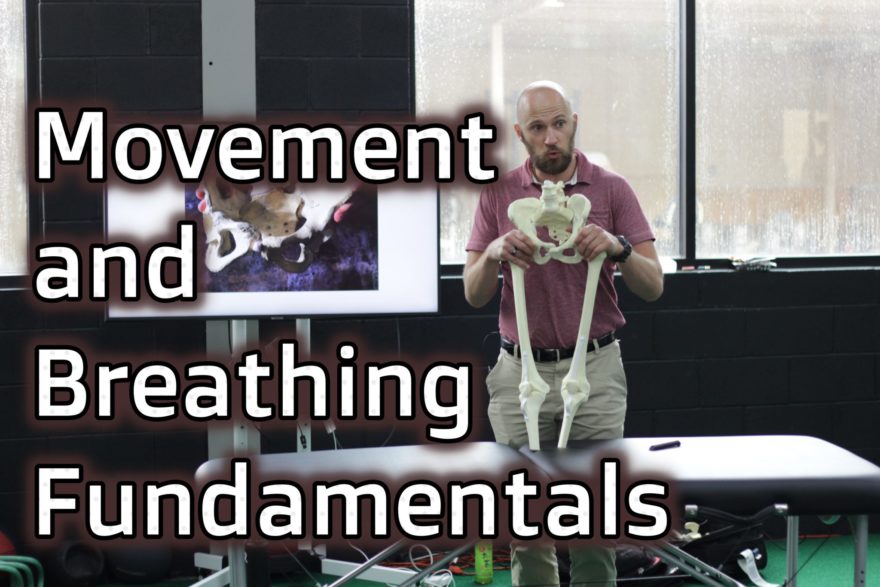
Movement and Breathing Fundamentals
Choosing movements that are best for a client requires knowledge of basic biomechanics. That includes the biomechanics of respiration. Yet…
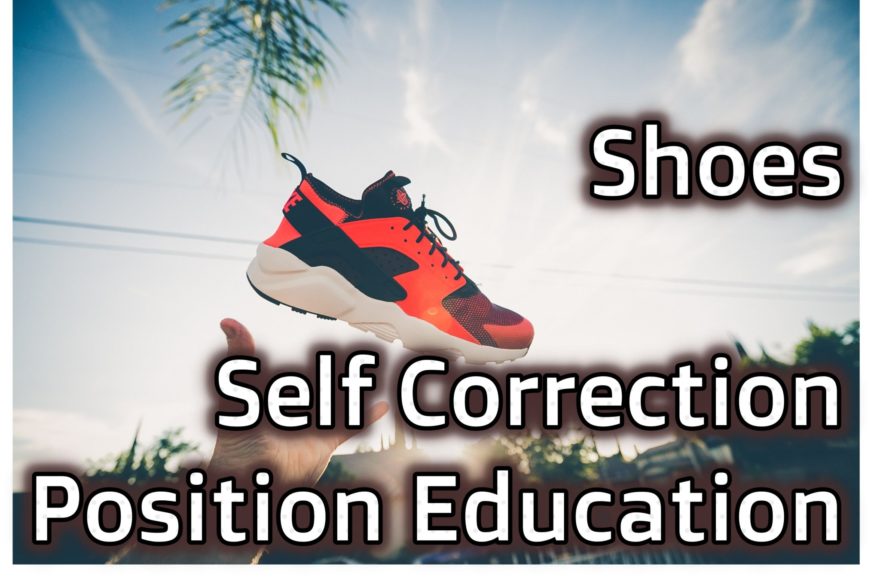
Shoes, Self-Correction, and Position Education – Movement Debrief Episode 95
Movement Debrief Episode 95 is in the books. Below is a copy of the video for your viewing pleasure, and…
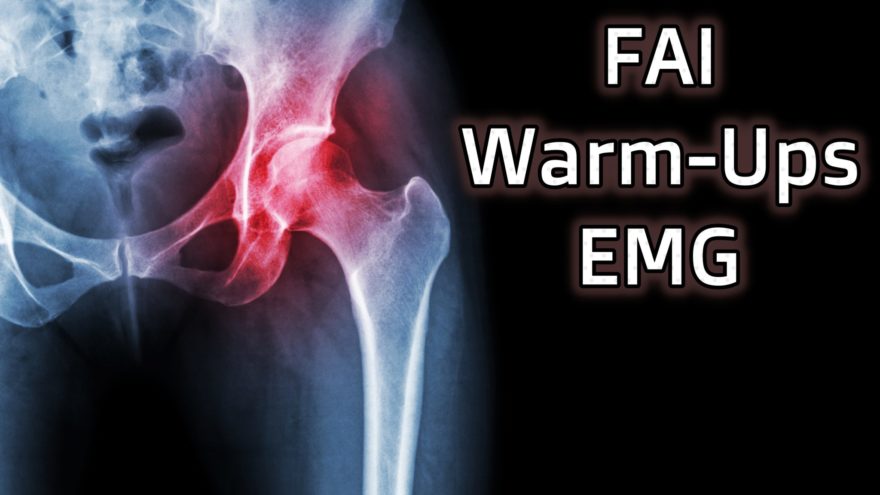
FAI, Warm-Ups, and EMG – Movement Debrief Episode 94
Movement Debrief Episode 94 is in the books. Below is a copy of the video for your viewing pleasure, and…
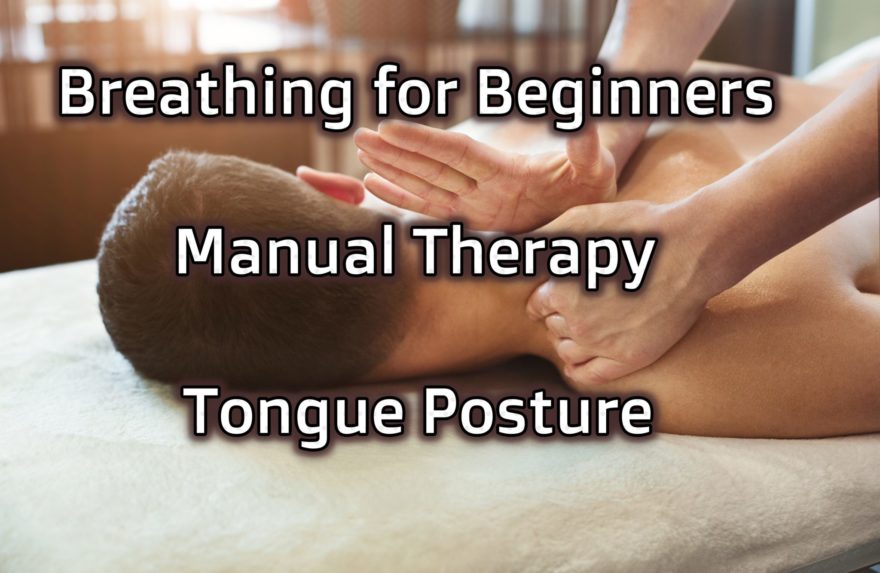
Breathing for Beginners, Manual Therapy, and Tongue Posture – Movement Debrief Episode 88
Movement Debrief Episode 88 is in the books. Below is a copy of the video for your viewing pleasure, and…
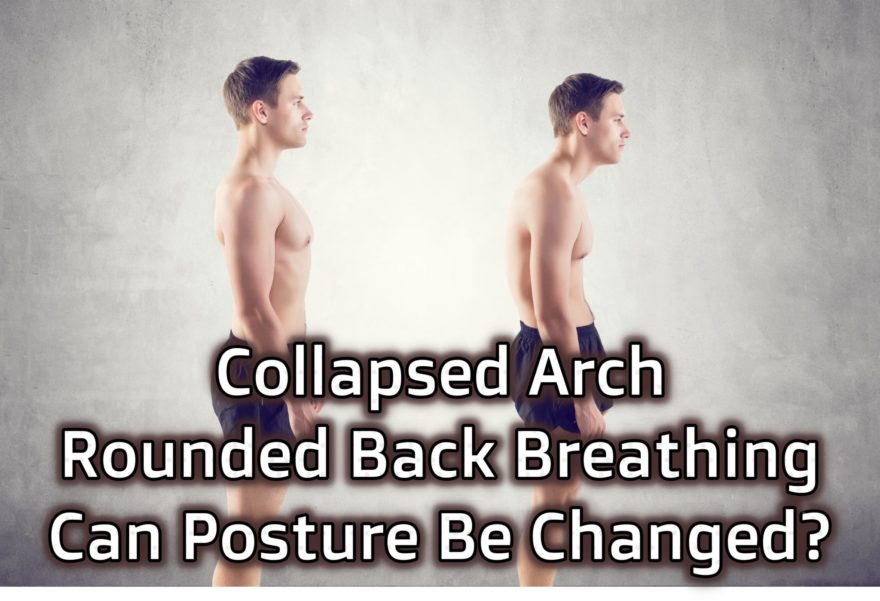
Collapsed Arch, Rounded Back Breathing, and Can Posture Be Changed? Movement Debrief Episode 84
Movement Debrief Episode 84 is in the books. Below is a copy of the video for your viewing pleasure, and…
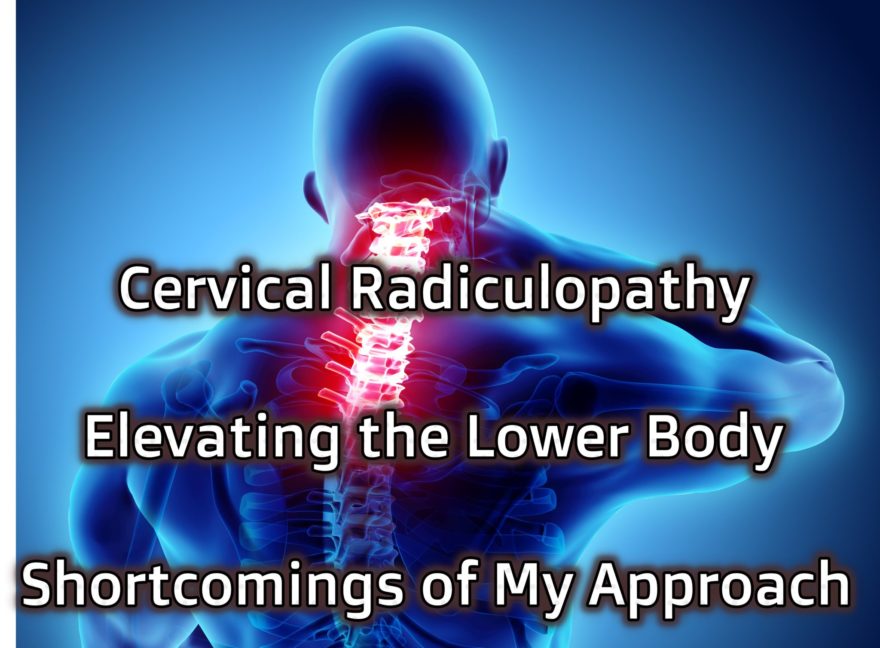
Cervical Radiculopathy, Lower Body Elevation, and Shortcomings of My Approach – Movement Debrief Episode 82
Movement Debrief Episode 82 is in the books. Below is a copy of the video for your viewing pleasure, and…

Pecs, Extreme Postures, and Foam Rolling – Movement Debrief Episode 81
Movement Debrief Episode 81 is in the books. Below is a copy of the video for your viewing pleasure, and…

The Revolution: A Deep Dive into Antifragility Course Review
Antifragility is beyond resilience or robustness. The resilient resists shocks and stays the same; the antifragile gets better. ~ Nassim…
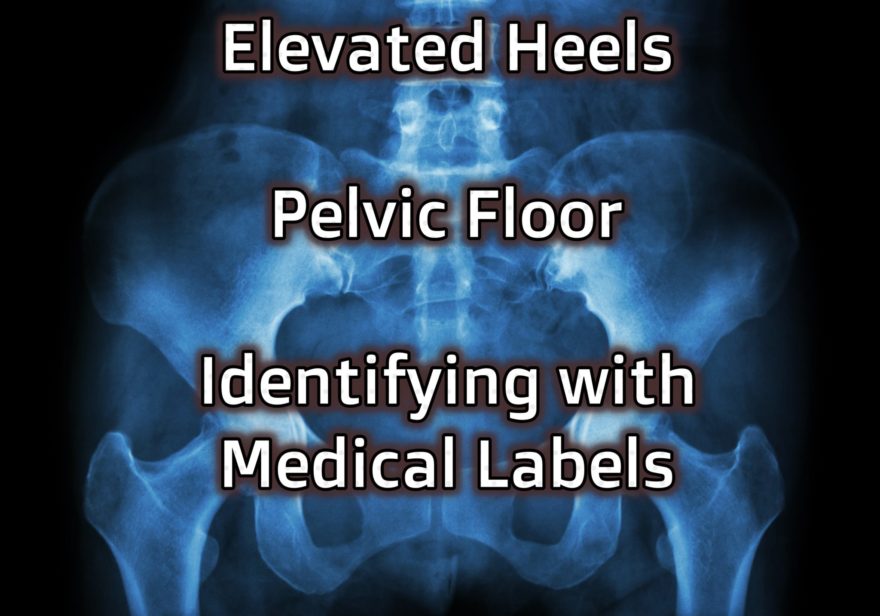
Elevated Heels, Pelvic Floor, and Identifying with Medical Labels – Movement Debrief Episode 79
Movement Debrief Episode 79 is in the books. Below is a copy of the video for your viewing pleasure, and…

Belly Breathing, Cramping, and Exhales – Movement Debrief Episode 77
Movement Debrief Episode 77 is in the books. Below is a copy of the video for your viewing pleasure, and…
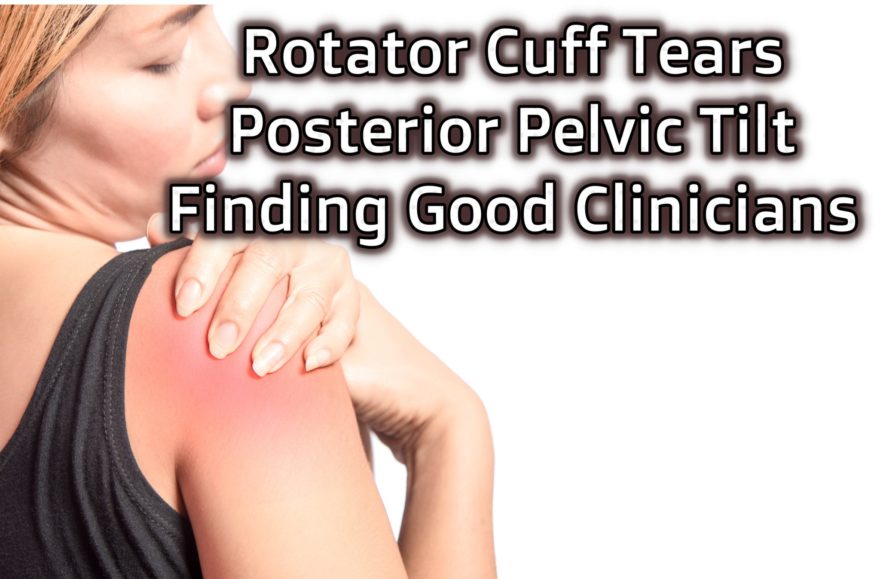
Rotator Cuff Tears, Posterior Pelvic Tilt, and Finding Good Clinicians – Movement Debrief Episode 76
Movement Debrief Episode 76 is in the books. Below is a copy of the video for your viewing pleasure, and…
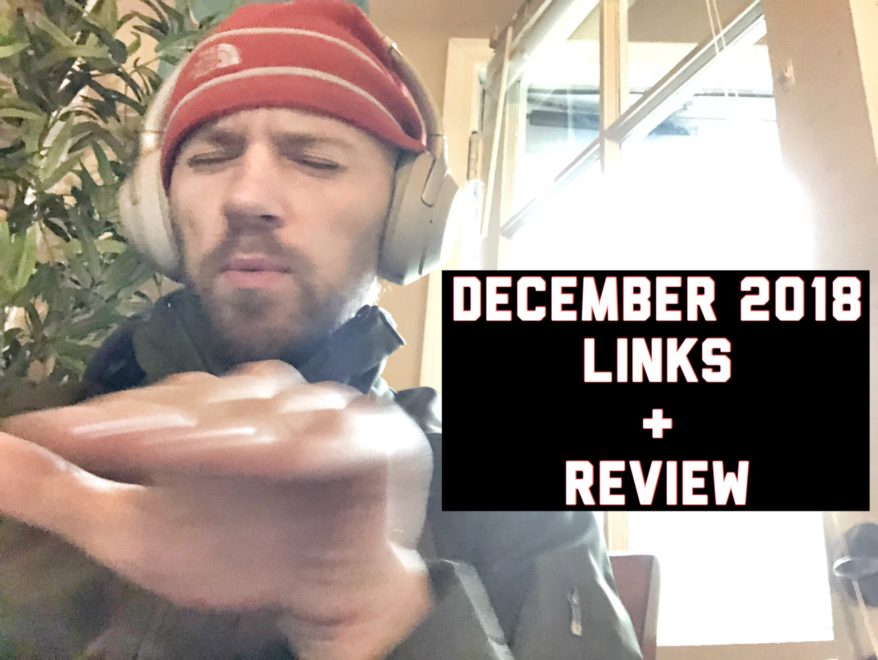
December 2018 Links and Review
Every week, my newsletter subscribers get links to some of the goodies that I’ve come across on the internets. Here…
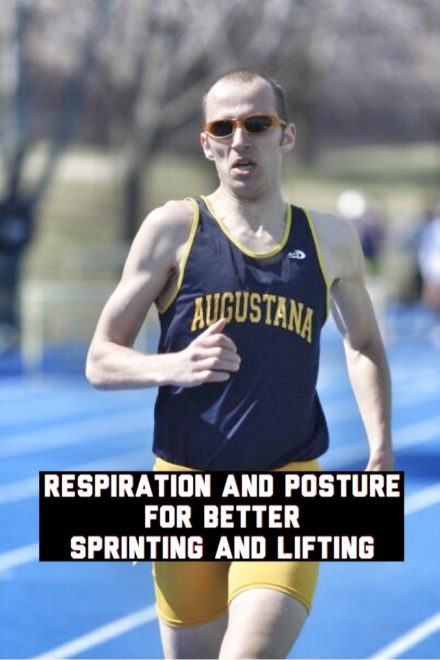
Respiration and Posture for Better Sprinting and Lifting
Want to help your clients and athletes perform at a higher level by incorporating breathwork? I recently did a q&a…


